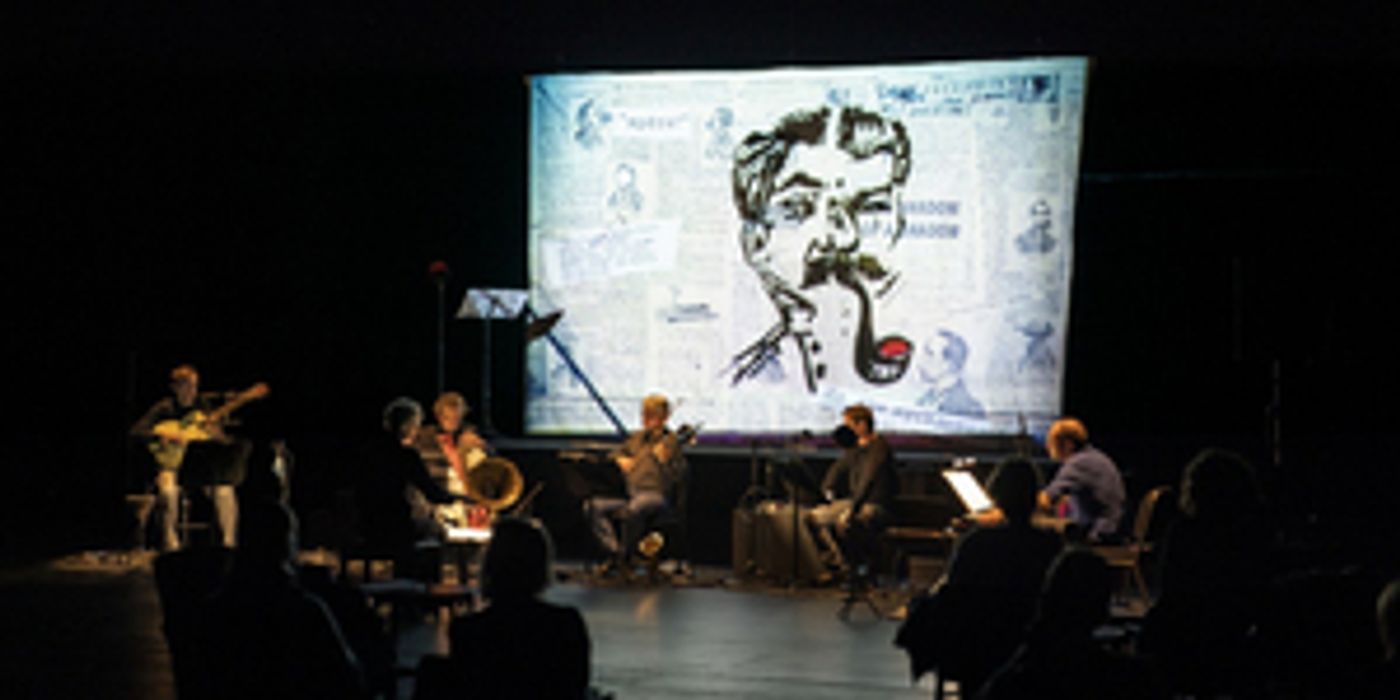Review: TELEGRAMS FROM THE NOSE at Grand Théâtre
Telegrams from the Nose

A bold and irreverent composition of styles, formats and topics of reflection. If you have ever seen an old silent movie with a live orchestra, then you can very easily picture the beginning of the play. But while the early layout of the stage might be easy to comprehend, the actual show was a surrealist work with little relation to classic soundtracks or old school cinema. With the early decades of the Soviet Union serving as the explosive and suffocating background, the performers brought life to various narratives which brilliantly opened room for both interpretation and reflection.
While the raw displays of expressionist and futurist motifs were extremely well executed and of an artistic depth that would impress some of its original masters, this play might not be for all types of audience. The shows that we usually cover in our reviews have enough conventional elements to be appreciated by all fringes the general public. This one does not. If you are into political and social issues, especially those surrounding Communism and the creation of a New Man, or interested in the most scientific and socially driven vanguards of the early 20th century, then this is a play for you. If, on the other hand, your comfort zone starts in musical theatre and ends in Shakespeare, maybe sit this one out.
The gold: The entire first sequence. An animated sci-fi film from the 1920s depicting the victory of communist forces over wealthy capitalists and dangerous Nazis... in space. No words.
The silver: The Russian debate. The show recreated the meeting between Nikolai Bukharin and high-ranking figures of the Communist Party which ultimately doomed the old revolutionary. The exchange takes place in Russian and is presented in an unorthodox style with unexpected layers of emotion.
The bronze: The atmosphere. Throughout the play, the atmosphere of "futurism from the past" never left the stage and was present in virtually everything that was done. The surrealist format was ideal for the construction of the tone. Surprisingly, (or perhaps not,) it mixed remarkably well with actual Soviet footage and visual elements of the 1920s and 1930s.
To reach out to the writer: nuno.de.sousa.lopes@gmail.com
Image credit: Christophe Raynaud de Lage
Reader Reviews
Videos

